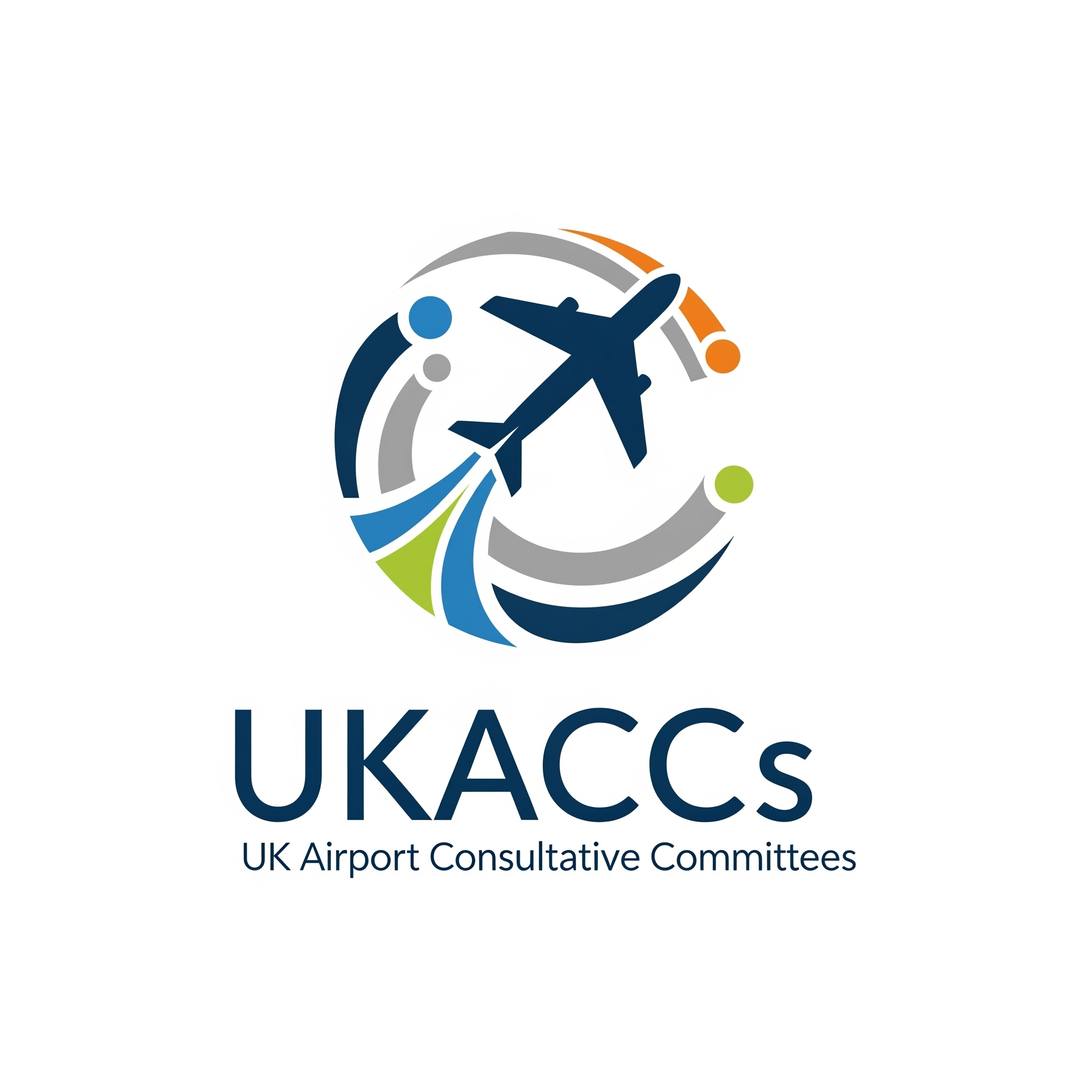Airspace
Throughout Europe there is a move to simplify and harmonise the way airspace and air traffic control is used through the Single European Sky project.
In 2018, an Aviation strategy green paper was published, which outlined the government’s proposed policies to support the aviation industry in modernising UK airspace. Following this, the Civil Aviation Authority (CAA) published an airspace modernisation strategy to outline recommended industry initiatives and a governance structure for the modernisation programme.
The role of the CAA’s Airspace Modernisation Strategy in relation to airspace changes
The Airspace Modernisation Strategy (AMS) fulfils the statutory duty placed upon the CAA by the Secretary of State to have a strategy and a plan for modernising airspace (as required by the Air Navigation Directions 2017, the Directions). The AMS describes the objectives set in UK governmental and international policy for airspace to be modernised, and sets out the work that industry and other entities are required to carry out to deliver that modernisation (the Initiatives). There are currently 15 initiatives, two of which are FASI-S and FASI-N. More information is available on the CAA’s website .
There are two main elements in supporting the airspace modernisation initiative - the development of an Airspace Change Masterplan and the Airspace Modernisation Strategy. Work on the development of the Masterplan is being developed by the Airspace Change Organising Group (ACOG).
ACOG & the Airspace Change Masterplan
ACOG published in September 2022 its “One Sky, One Plan Environment Strategy” - https://www.acog.aero/blog/2022/09/23/acog-publishes-environment-strategy-setting-out-ambitions-for-sustainable-airspace/
Also Click here to see a short film.
Click here to see ACOG's 2024/25 Annual Report, showcasing the significant strides made over the past year in advancing the national programme of airspace change.
Airspace Change Process
Before any changes can be made to the way in which airspace is used, the CAA's Airspace Change Process set out in CAP1616 must be followed. To enable the CAA to make airspace change decisions (i.e. decide whether or not to approve the sponsor’s proposed airspace design) the proposals must be developed in accordance with:
- the CAA’s airspace change process (CAP1616)
- the CAA’s strategy and plan for airspace modernisation (the AMS, CAP1711)
More details can be found on the CAA’s website.
PBN Airspace Design Guidance
The CAA issued CAP1378: Airspace Design Guidance: Noise Mitigation Considerations when Designing PBN Departure and Arrival Procedures in April 2016. This document explores the impacts and possibilities of using PBN (Performance Based Navigation) routes to mitigate noise impacts and does not make reference to the stand-alone benefits of performance based versus conventional navigation. It provides options for consideration by airspace designers and sponsors and a common reference when considering aircraft noise mitigation in the placement of PBN routes.
